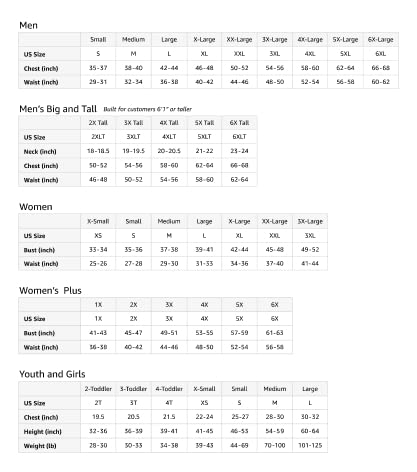
The Middle Ages Decline
Category: waning

The best-known work by the Dutch historian Johan Huizinga is "The Waning of the Middle Ages". Its subtitle reads: "A study of the forms of life, thought and art in France and the Netherlands in the fourteenth and fifteenth centuries". In this book, Huizinga puts forth the idea that the exaggerated formality and romanticism of late medieval court society served as a defense mechanism against the ever-increasing violence and brutality permeating the general populace. He perceived the era not as one of rebirth and optimism, but rather as a period marked by pessimism, cultural exhaustion, and nostalgia.
Huizinga's central thesis in "The Waning of the Middle Ages" is that the late medieval period was characterized by a growing disconnect between the idealized, chivalric world of the nobility and the harsh realities of everyday life. The author argues that the courtly culture of the time, with its elaborate pageantry, courtly love, and ritualized behavior, was in fact a response to the rising tide of violence and social upheaval experienced by the common people.
The book's title, "The Waning of the Middle Ages", reflects Huizinga's view that this period represented the decline of the traditional medieval worldview, rather than a precursor to the Renaissance. He saw the late medieval era as a time of cultural stagnation, where the once-vibrant spirit of the Middle Ages had begun to fade, giving way to a sense of melancholy and a longing for the past.
Huizinga's analysis of the late medieval period is distinguished by his attention to the artistic and cultural developments of the time. He examines the works of renowned artists and thinkers, such as Hieronymus Bosch and François Villon, to illustrate the prevailing mood of pessimism and disillusionment. Through these cultural artifacts, Huizinga paints a vivid picture of a society grappling with the erosion of its traditional values and the emergence of a new, more chaotic world order.
The Waning of the Middle Ages has had a lasting impact on our understanding of the late medieval period. Huizinga's insightful and nuanced analysis has influenced generations of scholars, who have built upon his work to further elucidate the complex social, political, and cultural dynamics of the era. The book's enduring popularity is a testament to Huizinga's skill as a historian and his ability to capture the essence of a pivotal moment in European history.
product information:
| Attribute | Value | ||||
|---|---|---|---|---|---|
| publisher | Steppenwolf Press (November 9, 2019) | ||||
| publication_date | November 9, 2019 | ||||
| language | English | ||||
| file_size | 2381 KB | ||||
| text_to_speech | Enabled | ||||
| screen_reader | Supported | ||||
| enhanced_typesetting | Enabled | ||||
| x_ray | Not Enabled | ||||
| word_wise | Not Enabled | ||||
| sticky_notes | On Kindle Scribe | ||||
| best_sellers_rank | #248,564 in Kindle Store (See Top 100 in Kindle Store) #5 in Medieval Art #9 in Medieval Thought #60 in Medieval Western Philosophy | ||||
| customer_reviews |
|

















